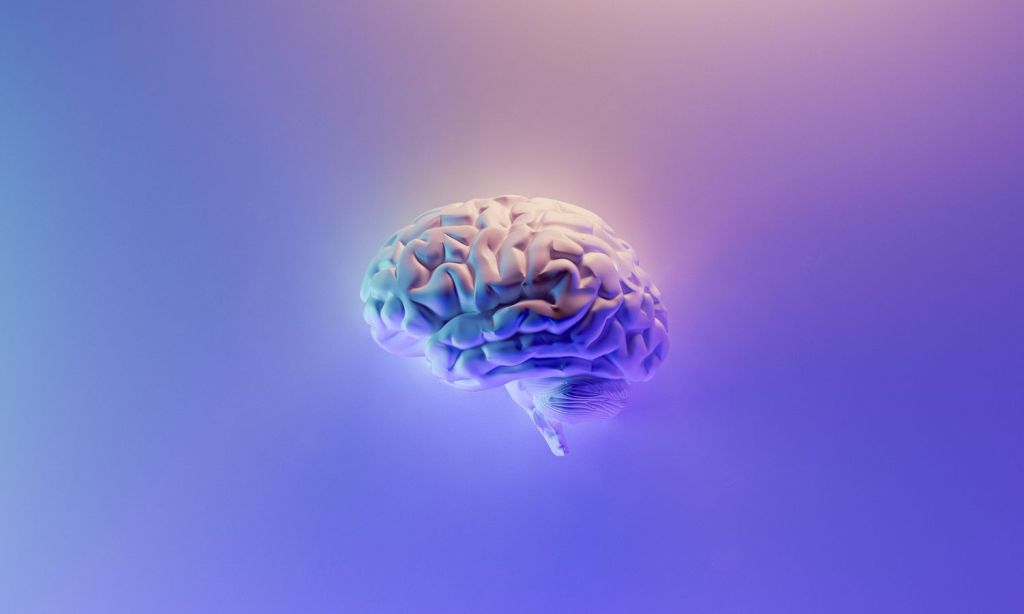Arrooo! The cartoon sci-fi world of Futurama just took another step closer to reality with the news that researchers in the US have managed to develop a machine that can keep a brain alive outside of its body.
In a world-first, scientists from UT Southwestern Medical Centre in Texas have been able to isolate blood flow to a brain, keeping the organ function independent from the rest of its body for several hours.
In a study published in Scientific Reports, the team describe how they tested their device on a pig’s brain and what their invention could mean for the world.
“This novel method enables research that focuses on the brain independent of the body, allowing us to answer physiological questions in a way that has never been done,” said Neurology Professor Dr Juan Pascual.
The brain is the “master controller” for most of our body’s vital functions, including heart rate, breathing, and sleep cycles. In addition, it’s considered, in Western philosophy at least, to be the seat of consciousness and the container of what makes us independent individuals. Until now, there has been no way to separate the brain from the body in order to study the role it plays in regulating the body, Dr Pascual said.
Under anesthetic, the scientists were able to separate the brain from the body by redirecting its blood supply through a pump that controlled input known as the extracorporeal pulsatile circulatory control (EPCC). Blood pressure, volume, temperature, oxygen, and nutrients could all be controlled with the device. Over a five-hour period, they observed that brain activity had no significant changes when separated.
The team expect that the device will be instrumental in allowing researchers to study how changes to blood flow affect brain function separately from the influences of the body. They describe already having used it to better understand the effects of low blood sugar on the brain, something that, when done normally, the body will try and compensate for.
The team are now looking at how the device could be used during heart-bypass operations as it is better able to replicate the natural rhythms of heart-pumped blood than current technology.
It’s a big step, but we are still, for better or worse, a long way off the talking heads in jars made popular in the early 2000s cartoon about a man waking up in the year 3000.
In 2017, Italian neurosurgeon Sergio Canavero claimed to have successfully transplanted the head of one monkey onto the body of another. The claims were refuted however as the monkey never regained consciousness. Similar transplants on rats have also been relatively unsuccessful and the ‘successful’ head transplant Canavero also performed was on corpses.
Some scientists claim we may never be able to successfully transplant a human head or a brain, with ethical difficulties some of the most pressing concerns. Still, steps towards life outside of the fleshy vehicle we are born into are being made and the latest research is another, tiny but significant one, in that direction.
Related: Science Says There’s Probably Someone Out There Who Looks the Same As You
Related: Science-Backed Ways to Maintain Your Immune System
Read more stories from The Latch and subscribe to our email newsletter.

